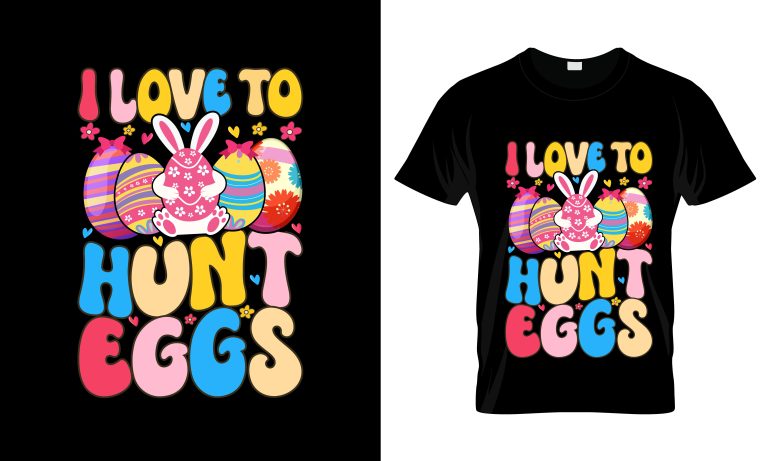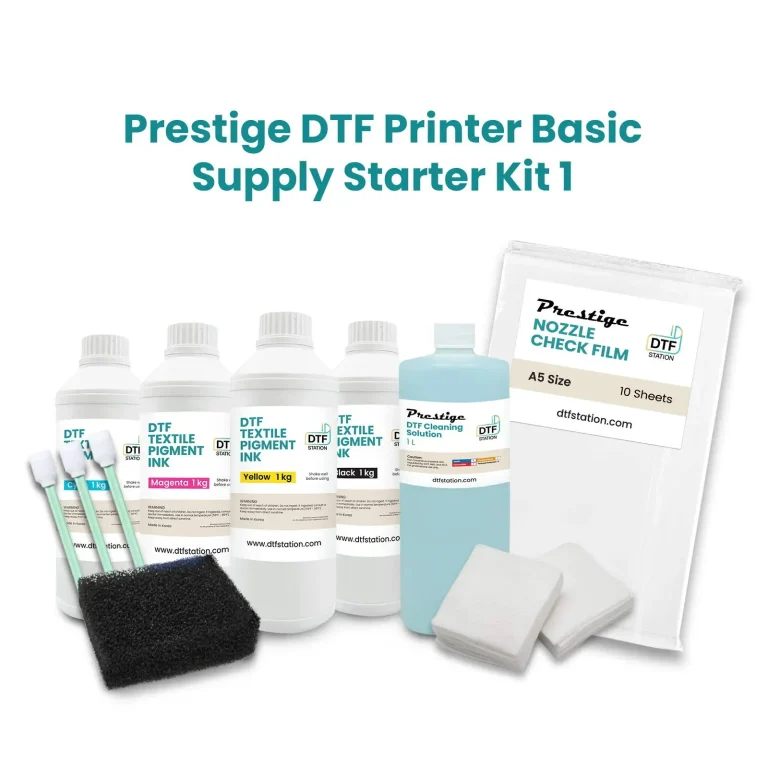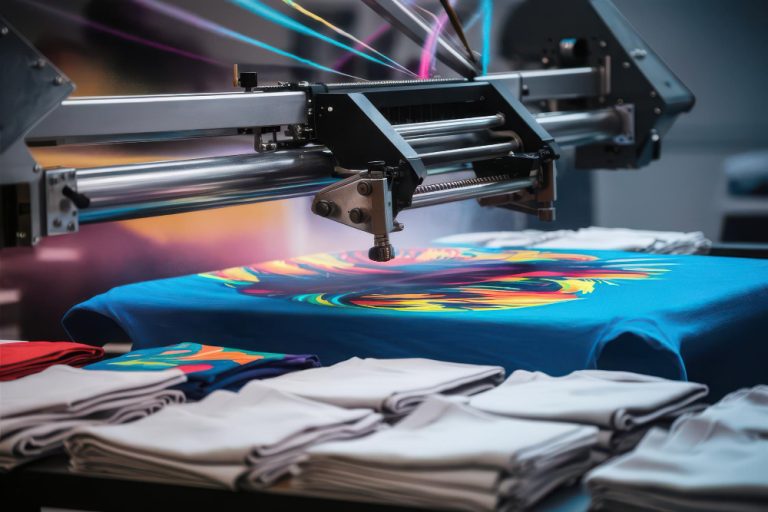Texas DTF is redefining how creators and apparel brands bring vibrant, durable designs to life on T-shirts and hoodies. Direct-to-Film printing, a key part of the DTF for apparel workflow, uses a transfer film and adhesive powder to achieve sharp color and soft-hand feels. This approach works across cotton, blends, and some poly fabrics, making Texas-based shops nimble for fast prototyping and small runs. As part of this Texas DTF guide, we’ll explore how DTF for T-Shirts and hoodies work, compare it with alternatives like DTF vs DTG, and share practical tips from concept to final garment. Expect color management checks, fabric considerations, and workflow best practices that help you optimize every transfer.
Think of it as a film-based heat-transfer process that blends the bold color capability of digital printing with the durability of traditional garment decoration. Instead of direct ink on fabric, designers first print onto a clear transfer sheet, then apply an adhesive powder and heat to transfer the image to garments. This approach, often described as a modern transfer method, emphasizes versatility across fabrics like cotton and blends, and supports vibrant photos, sharp text, and gradients. From an on-demand print workflow to scalable production, this technique sits between traditional screen printing and full garment printing, offering flexibility and faster turnaround times. For those evaluating options, we’ll compare this method to DTG, sublimation, and screen printing through practical use cases and cost considerations.
Texas DTF: A Practical Guide to Direct-to-Film for T-Shirts and Hoodies
Texas DTF is redefining apparel decoration by leveraging Direct-to-Film printing for vibrant, durable graphics on T-shirts and hoodies. In the Texas DTF guide, shops learn how Direct-to-Film printing uses a clear PET transfer film and adhesive powder to capture full-color images with sharp detail, enabling consistent results across cotton, blends, and even some poly fabrics. For brands prioritizing speed and flexibility, DTF for apparel offers rapid prototyping, on-demand runs, and a scalable workflow that grows with your business.
Practical DTF for T-Shirts and hoodies starts with solid color management and careful selection of films and powders. The workflow covers printing on DTF film, powdering and curing, and precise transfer with heat and pressure. A strong focus on white underbase performance, edge handling, and fabric testing ensures a soft-hand feel and durable finish, whether you’re doing DTF for T-Shirts or hoodies in dark or light fabrics.
DTF vs DTG and the DTF Workflow for Apparel Success
DTF vs DTG is a common consideration for brands evaluating color quality, fabric compatibility, and total cost per garment. DTF for apparel often wins on versatility, delivering bright colors and clean whites on a wide range of fabrics, including cotton, cotton blends, and some poly blends, with strong durability for small to mid-size runs. This makes it a compelling option within the Texas DTF guide for shops needing flexible production and faster setup than traditional screen printing when demands vary by design or garment color.
The DTF workflow, whether you’re prioritizing DTG-like softness or the reliability of film transfers, follows a clear sequence: design with color accuracy, print on DTF film, apply adhesive powder and cure, and finally transfer with heat and pressure. This path relies on robust equipment, calibration, and quality control—white underbase alignment for dark fabrics, color management using ICC profiles, and test pulls to ensure consistent results across T-Shirts, hoodies, and other apparel.
Frequently Asked Questions
How does Texas DTF compare to DTG for apparel and T-shirts in the DTF vs DTG debate?
Texas DTF (Direct-to-Film printing) delivers vibrant colors with a strong white underbase on dark fabrics, broad fabric compatibility, and a quick setup for small to mid runs on T-shirts and hoodies. In the DTF vs DTG comparison, DTG can offer a softer hand on light fabrics but often has higher per-garment costs and extra steps for dark garments, while Texas DTF provides a flexible, scalable workflow across cotton, blends, and some poly fabrics. For many Texas shops, DTF offers faster prototyping and adaptable production for diverse runs.
What are the essential steps covered in the Texas DTF guide for DTF printing on T-Shirts and hoodies?
Key steps from the Texas DTF guide include design and color management (using CMYK profiles), printing the artwork onto clear DTF film with a compatible printer, applying and curing adhesive powder, transferring the design to the garment with heat and pressure, and performing post-transfer finishing and quality checks. The guide also emphasizes selecting proper materials (printer, films, inks, and heat press), testing on target fabrics (cotton and blends), and maintaining quality control for alignment, durability, and wash performance.
| Aspect | Key Point |
|---|---|
| What is Direct-to-Film (DTF) printing? | DTF prints CMYK (and sometimes white) onto a clear PET transfer film, applies adhesive powder, then cures it to create a transfer sheet that yields vibrant color, sharp detail, and good fabric stretch—especially on dark garments due to possible white underbase. |
| Why Texas DTF matters for T-Shirts and Hoodies | A practical, scalable approach for Texas-based shops and brands, enabling fast prototyping, on-demand runs, and the ability to offer bold, color-rich graphics across cotton, blends, and some poly fabrics. |
| DTF workflow: design to garment | Design with color management; print on DTF film; apply adhesive powder and cure; transfer with heat and pressure; finish by cooling and inspecting edges for durability and alignment. |
| Materials and equipment | DTF printer with CMYK inks (and white options); DTF transfer films; adhesive powder and curing equipment; heat press; inks with good wash durability; RIP software and color management tools; garments (cotton, blends, and compliant fabrics). |
| Design considerations (color, white underbase, and edge handling) | Plan white underbase for bright colors on dark fabrics; maintain color accuracy with ICC profiles; allow bleed/edge safe margins; account for hoodie texture and potential misalignment; ensure legible typography on textured fabrics. |
| Fabrics and testing | DTF works on cotton, blends, and some poly fabrics; test on representative fabric samples to optimize heat, time, and pressure; dark fabrics benefit from strong white underbase; adjust parameters per fabric type. |
| Quality control and durability | Develop a test set of garments; check adhesion after cooling and wash tests; monitor color stability over multiple washes; verify multi-color alignment and edge quality with consistent clamps or jigs. |
| DTF vs. alternatives | DTF sits between DTG and screen printing: good for varied fabrics and dark garments with potential lower setup for small runs; DTG excels on light fabrics but higher per-garment cost; screen printing is cost-efficient for high-volume runs; sublimation suits polyester and synthetics with vibrant results. |
| Practical tips for success | Use consistent, reliable materials; invest in color calibration; build a library of fabric tests; optimize production with process automation where feasible; follow safety guidelines and maintain equipment regularly. |
| Economic considerations | DTF can be economical for small to medium runs and on-demand production; factor ink, film, adhesive, and energy costs; faster setup and variable production often offset higher per-garment costs for diverse fabrics and quick turnarounds. |




